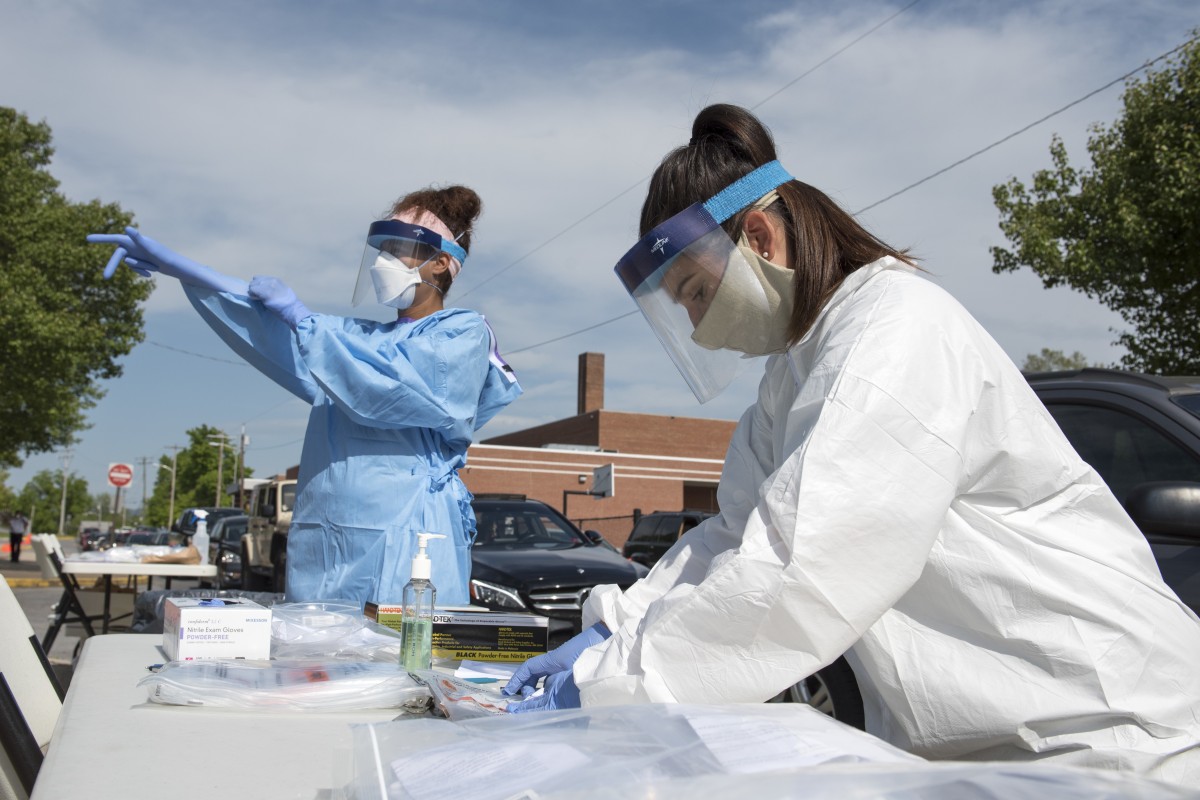This article was originally published by Ohio Valley Resource.
A new study shows the Ohio Valley has some of the nation’s highest rates of food insecurity among older adults, and anti-hunger advocates say that situation could be made worse by the economic fallout from the coronavirus pandemic.
The annual study was published May 21 in partnership with researchers from the University of Kentucky, researchers from University of Illinois and the nonprofit food bank organization Feeding America. The researchers used Census Bureau survey data from 2018 which asked households with adults aged 50-59 a series of questions to determine whether they were food insecure.
Kentucky had the nation’s highest rate of food insecurity among adults in this age group, with 17.3 percent who were food insecure. West Virginia and Ohio also ranked among the five states with the highest rates, 16 percent and 14.6 percent, respectively. All three states also ranked among the 10 states with the highest rates of older adults having “very low food security,” classified as a more severe form of food insecurity in the study.
“These three states also have a higher reliance on manufacturing and extractive and service-related industries, and those jobs have been declining,” said James Ziliak, the founding director of the University of Kentucky Center for Poverty Research and co-author of the study. “This is also an age group that’s at greater risk of disability, and disability is a strong indicator of food insecurity.”
Ziliak said adults in this age group may also have difficulty finding employment or better-paying employment as they reach the age when people traditionally retire, increasing the chance of food insecurity. He said as jobs have declined in industries including manufacturing and fossil fuels, jobs have also disappeared in auxiliary industries that supported those “core industries.” Ziliak also believes the impacts of the region’s opioid epidemic plays into the higher rates of food insecurity.
With the economic damage of the coronavirus pandemic causing millions in the Ohio Valley to file for unemployment, Ziliak said food insecurity among older adults could soar in the region in the years ahead.
“The economic consequences of this pandemic are clearly much more extreme than what we had in the Great Recession. Now, it’s not known how long it’s going to persist, but current projections don’t look very good,” Ziliak said.
A separate analysis issued by Feeding America in late April estimated the potential increases in food insecurity rates among all people in each state, depending on the potential increases in unemployment. The analysis estimated food insecurity rates could increase by at least 35 percent in Kentucky, Ohio and West Virginia — totaling about 941,000 new people who are food insecure — if unemployment rates were to increase by at least 7.6 percent in each state.
The U.S. Department of Agriculture increased food stamp benefits in late April provided through the Supplemental Nutrition Assistance Program, or SNAP, as a part of a larger emergency measure to provide economic relief from the pandemic. Feeding Kentucky Executive Director Tamara Sandberg said that increase has been very beneficial for those struggling and argues that the increase needs to continue into the months and years ahead.
“We believe those increases need to be tied to the economic recovery and not just the public health crisis,” Sandberg said. “It’s going to take a while for the economic recovery to remain in place.”
Ziliak said the federal government should also send more direct payments to people, as done previously through the CARES Act. That, combined with increased SNAP benefits, could help combat food insecurity in the near term, he said.



